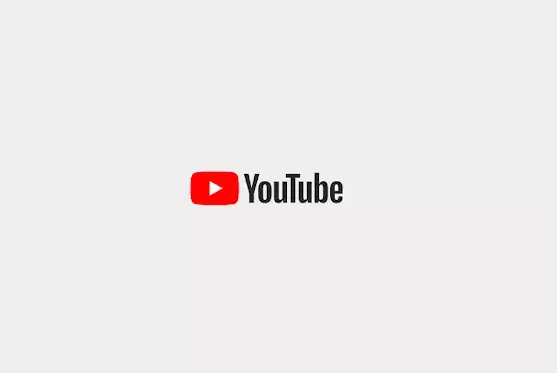In a surprising move that signals a shift toward more creator-friendly policies, YouTube has announced a significant update to its Advertiser Friendly Guidelines. This change allows creators to incorporate profanity early in their videos without risking demonetization, a departure from previous strict restrictions. Historically, YouTube’s policies aimed to safeguard brand safety by limiting ads on content with explicit language, especially within the crucial initial seconds of a video. This latest adjustment reflects a recognition of the evolving nature of online content creation, where authenticity and relatability often mean embracing edgier language.
This policy overhaul demonstrates YouTube’s willingness to adapt its rules to accommodate genuine creator expression while maintaining advertiser confidence. Instead of blanket restrictions, the platform now intelligently assesses the context, allowing videos with strong language to monetize if standards are met. This strategic rethink is likely to inspire a more vibrant, diverse range of content on the platform, empowering creators who previously faced demonetization due to their language choices.
The Evolution of Restrictions — From Strict to Slightly More Flexible
Understanding the history of YouTube’s monetization policies sheds light on why this shift is so impactful. In 2022, strict guidelines were introduced that penalized videos with profanity and violent content, especially if such elements appeared within the first moments. This left many gaming creators, vloggers, and other content creators feeling hindered—forced to censor themselves or lose revenue. The strict black-and-white approach often ignored the nuance and context, unfairly penalizing content that may have been entirely appropriate or necessary for authentic storytelling.
In 2023, YouTube began a gradual easing of these restrictions, reducing the window where profanity could cause monetization issues from 15 seconds to 7 seconds. While this was a step in the right direction, it still maintained a level of rigidity that frustrated many. Creators demanded more flexibility, recognizing that early profanity can be integral to a natural and engaging viewer experience, especially in entertainment genres like gaming, comedy, or candid vlogs.
The latest policy update reflects YouTube’s acknowledgment of these pressures, relaxing rules further to permit strong language in the first seven seconds without risking demonetization. This is a clear acknowledgment that modern audiences and creators prioritize authenticity over sanitized content—a move that can democratize voice and creativity on the platform.
Implications for Creators and Advertisers — Striking a Delicate Balance
This policy change is not without caveats. While it opens the door for more candid expression, YouTube remains cautious. Creators are advised that moderate or strong profanity in titles or thumbnails can still impact monetization. Furthermore, frequent or excessive use of strong language within the video will continue to trigger restrictions. Essentially, this update is about nuance and context: creators should be strategic and thoughtful about how and where they use strong language.
From an advertiser’s perspective, the shift signifies increased confidence in the platform’s ability to target suitable audiences with ads attached to more authentic content. YouTube’s explanation about ad proximity underscores the idea that the initial seconds of a video are less critical than previously believed, provided the surrounding content remains brand-safe. This balance is delicate; advertisers want to reach audiences authentically, but they also want control over their brand reputation. The move indicates YouTube’s effort to satisfy both sides—affording creators more freedom while giving advertisers appropriate controls.
As a whole, this policy evolution seems aimed at cultivating a more genuine, less censored creator ecosystem. It challenges the conventional wisdom that profanity is inherently damaging to monetization, instead positioning it as a nuanced element within broader content strategies. For creators willing to leverage this, the potential to grow audiences and revenue streams increases substantially.
Opportunities for the Forward-Thinking Creator
This change presents a compelling opportunity for creators willing to embrace authenticity. Those who have spent years walking the fine line of language restrictions now have more room to express themselves freely from the outset of their videos. It fosters an environment where humor, candidness, and raw emotion can thrive, resonating more deeply with audiences tired of overly sanitized content.
Moreover, the update encourages a reevaluation of content strategies. Creators might no longer need to wait for the right moment to drop an emphatic word or to craft overly cautious intros simply to preserve monetization. This freedom could lead to more engaging, relatable content that reflects real-life speech patterns, ultimately cultivating closer connections with viewers.
The societal implications are noteworthy; by reducing the stigma around profanity in monetized content, YouTube subtly endorses a more permissive, authentic landscape. As creators adapt their styles, platforms like YouTube may witness a richer diversity of voices, styles, and narratives, breaking down the barriers imposed by overly restrictive content policies.
While the road ahead requires vigilance in managing language use, this move signals a bold, progressive step in redefining what is acceptable in online video content. It invites creators to push boundaries responsibly, creating a more vibrant and genuine digital ecosystem that rewards honesty without sacrificing monetization potential.


Leave a Reply